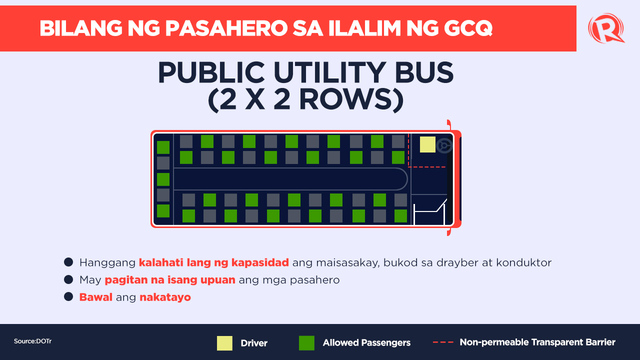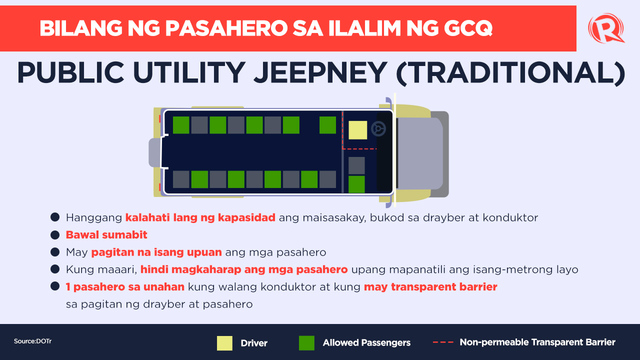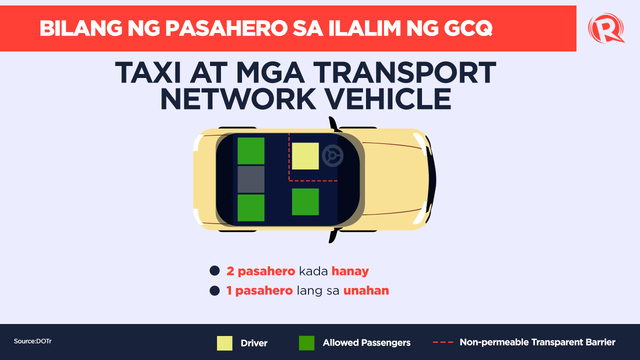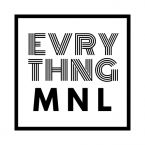After nearly two months of locking down Luzon and other parts of the country, the government has announced that it is lifting the enhanced community quarantine in certain areas. Officials also said these places will be transitioning into a general community quarantine. But what do these statuses mean and what should you expect? Here is a quick guide on this new set up.
Modifying the enhanced community quarantine
Government officials announced the changes in COVID-19 quarantine statuses on May 12 after a message by President Rodrigo Duterte. Under the order endorsed by the Inter-Agency Task Force for the Management of Emerging Infectious Diseases, the following areas will be placed under what is known as modified enhanced community quarantine.
- National Capital Region
- Laguna
- Cebu City
Meanwhile, a total of 8 regions have their statuses lowered to a general community quarantine. These include:
- Region 2
- Region 3
- Region 4-A (except for Laguna)
- Cordillera Administrative Region
- Region 7 (except Cebu City)
- Region 9
- Region 11
- Region 13
All the other regions in the country that are not under either ECQ or GCQ will remain as they are. On the other hand, Presidential Spokesperson Harry Roque said that provinces and cities may appeal their classification to the IATF until May 13.
So, what’s the difference?
President Duterte placed the entire island of Luzon under Enhanced Community Quarantine starting last March 15 in a bid to stop the spread of COVID-19. Under the ECQ, no one was allowed to travel, regardless of age or health condition. Companies and establishments were also ordered to suspend their operations.
Under modified enhanced community quarantine, people are now allowed to go outside on a limited capacity. Specifically, their movement will be limited to buying basic necessities or going to work if allowed.
Speaking of work, certain industries will also now be allowed to operate in a limited capacity during the modified ECQ. Aside from the essential industries that were allowed to operate during the ECQ, like food production plants and health care services, businesses like machine repair shops and laundry shops have been added to the list. But these will be allowed to operate only at 50% capacity and with strict social distancing measures.
Meanwhile, the regions that have their statuses reduced to a general community quarantine will have fewer restrictions. People living in barangays that have no cases will now be able to go out to get their necessities and go to work. Those that have active cases will still follow the strict lockdown rules implemented during ECQ. As for approved industries, they will be allowed to operate at a maximum capacity of 75%.
What you should expect
While the easing of the community quarantine regulations is something everyone is looking forward to, it still isn’t a reason to go all out and frolic under the sun as much as you like. There are still strict measures that you are required to follow to prevent the spread of the virus.
In particular, the three areas under modified ECQ will be required to implement zoning schemes. Here, all barangays that still have coronavirus cases will follow ECQ regulations, with those having 20 cases being declared as critical zones. These may be put under hard lockdown depending on the circumstances.
In his announcement, Roque also introduced the term “modified general community quarantine.” This isn’t an official designation but refers to the guidelines that people in low-risk areas need to follow. Foremost of these is wearing a facemask when going outside and practicing social distancing measures.
Transportation
Additionally, the government released the social distancing protocols that public transportation services should follow upon resumption of their activities. Buses and jeepneys vehicles will be allowed to carry only 50% of their regular capacity. Passengers are also required to be one seat apart, as seen below. Additionally, vehicle operators need to set up a non-permeable barrier to cordon off the driver area.




Meanwhile, private vehicles would be allowed to travel only if they are in important business. As is with taxis and transport network vehicles (TNVS), they are required to have only two occupants per row of seats, with one seat separating them They also need to face forward. Motorcycles, on the other hand, will only have a single occupant and are restricted to only special-purpose trips.
Roque stated that all the measures are designed to let the country resume regular economic activities in a more controlled manner. He added that this will also lessen the strain that resumption of regular activities can cause to the country’s health care system.
Coping with the new community quarantine
As you can see, the general community quarantine that many areas in the country are just slightly more relaxed than the prevailing ECQ. And it is unlikely that even that will be lifted anytime soon. As such, you need to follow the different quarantine measures to ensure that you will be able to cope up with the continuing pandemic.


Pingback: Work From Home And Be More Productive During Your Stay - Evrythng MNL